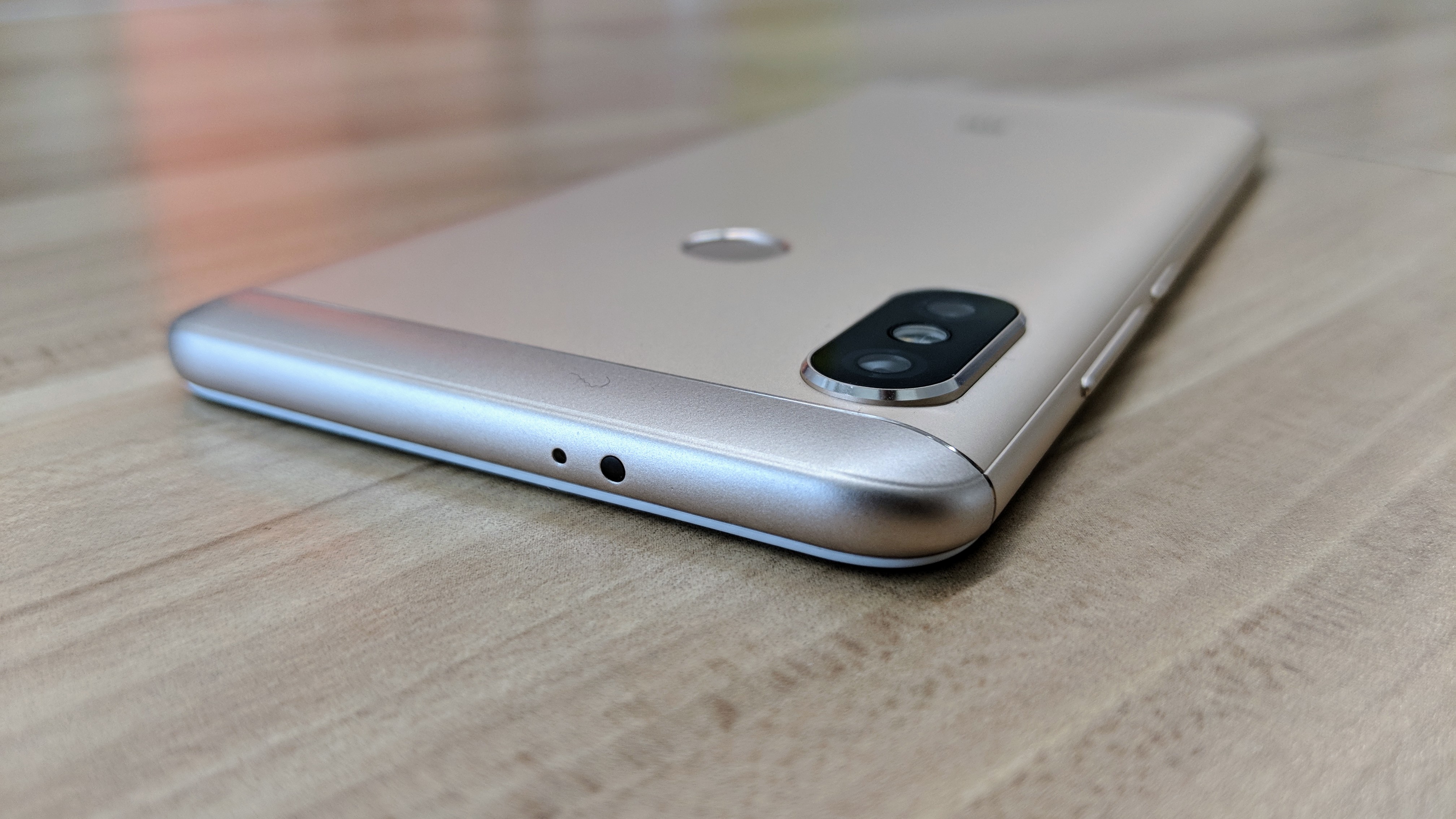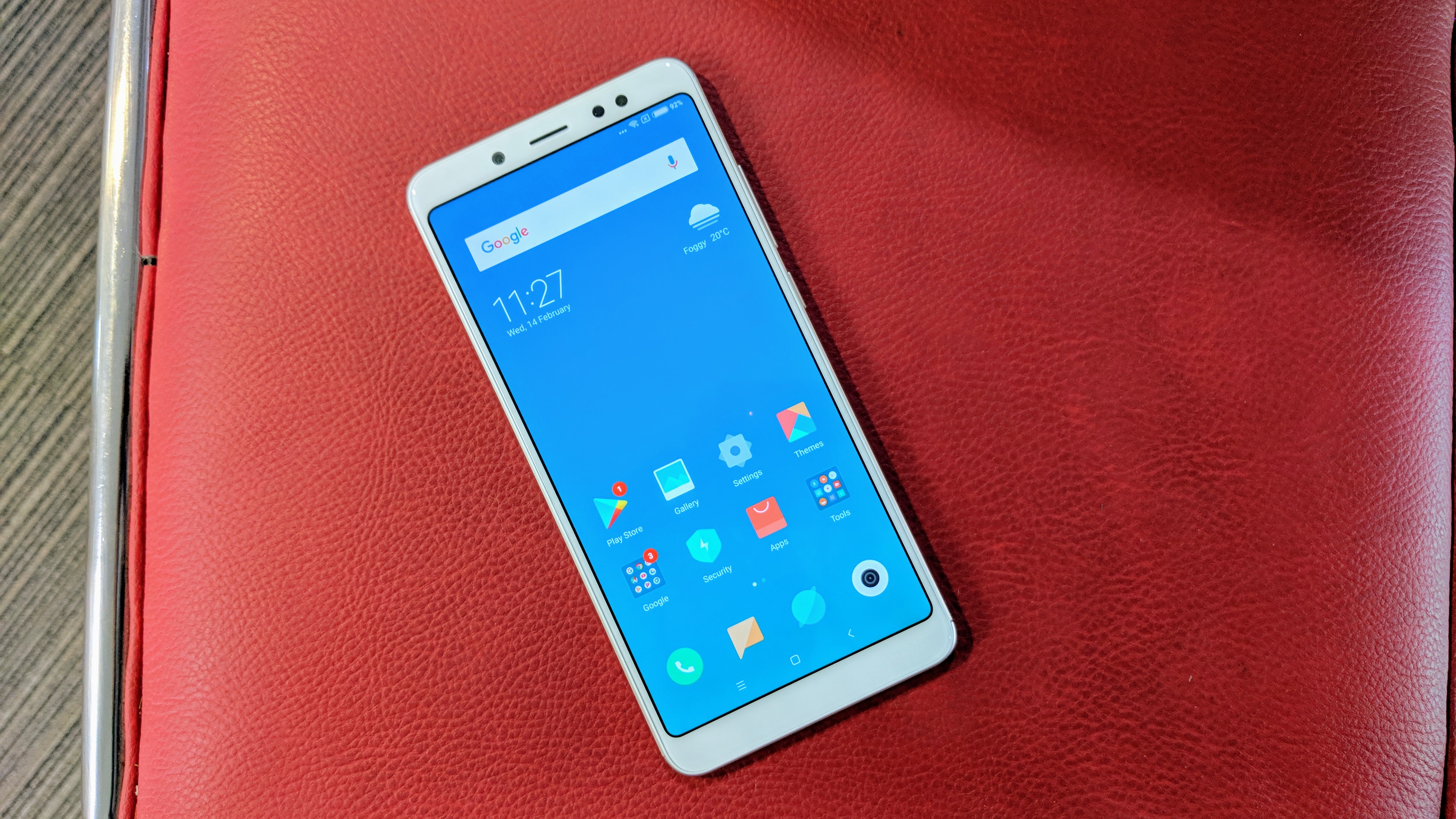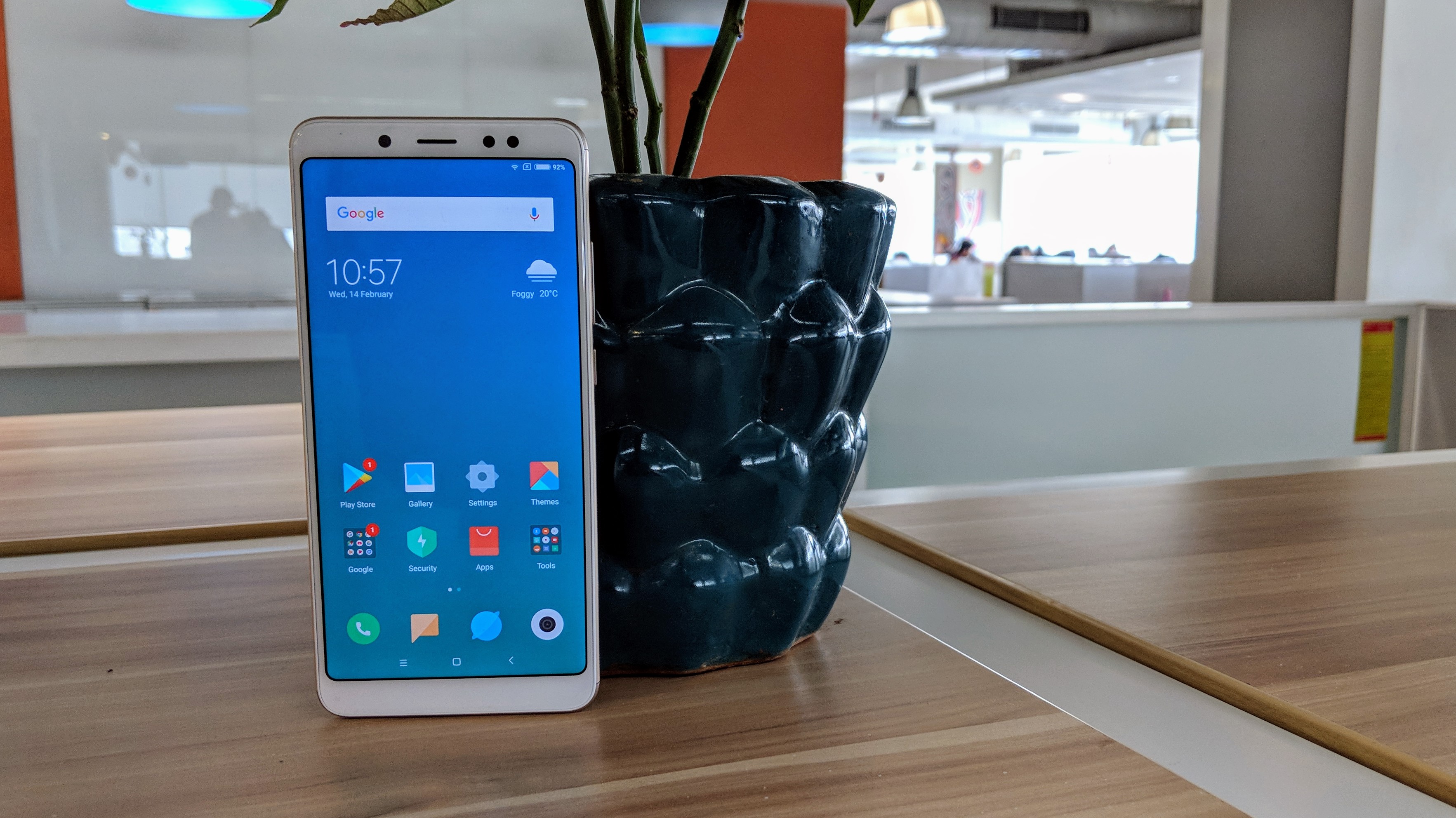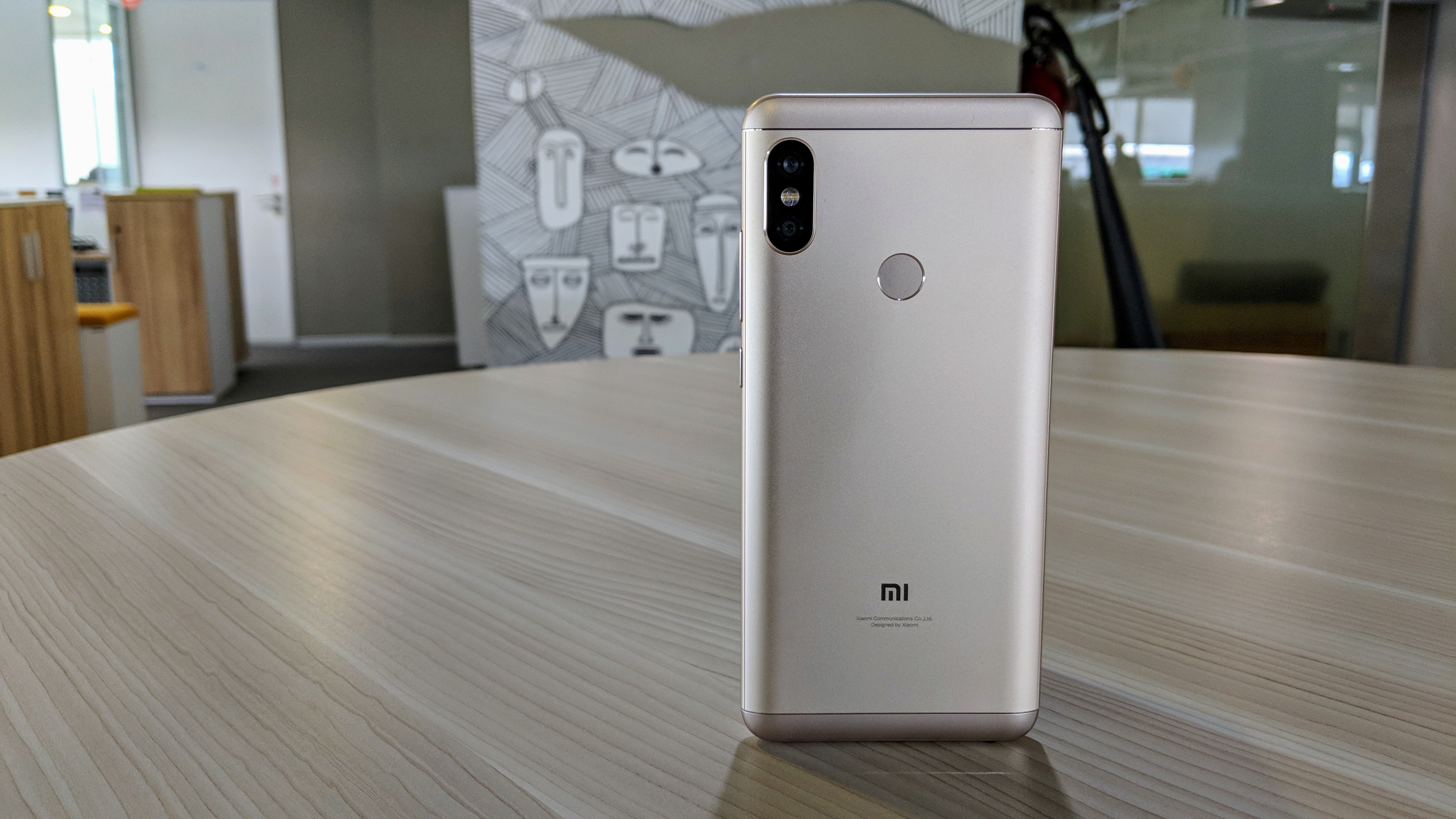TechRadar Verdict
The Xiaomi Redmi Note 5 Pro is an impressive smartphone that would have been better with Android Oreo out of the box. It's a big misstep for what is without a doubt the top budget performer right now.
Pros
- +
Fast
- +
Impressive battery life
- +
Large screen, but ergonomic
Cons
- -
Still runs Android Nougat
Why you can trust TechRadar
Of the many Chinese smartphone makers in India, Xiaomi is perhaps the only one that has truly “Indianised” itself. Its approach to India was always balanced. Xiaomi began with splashy campaigns, let the products do the talking, literally established the “community model” here, and then slowed things down.
Three years since, the company is the top smartphone seller here, much to Samsung’s chagrin.
But Xiaomi’s resume isn’t without blotches. Its iterative updates are somewhat annoying nowadays, and the continuing ignorance towards providing real-time Android updates is catching up.
I mention this specifically because they’re really the only two flaws I see in the company’s newest device. The Redmi Note 5 Pro retains the Redmi name and a lot of its singular elements. It is an iterative update on past Notes, and truthfully, I struggle to explain why it exists.

Build and Design
Except the fact that my Note Pro is golden in colour, there’s really no big difference between this and the Redmi Note 5. They both have 5.99-inch 18:9 displays, rear fingerprint sensors and metallic bodies. Unlike older Xiaomi phones, the Note Pro is heavy-ish, which is a blessing in disguise. On the one hand, you may not like the added weight in your pocket, but on the other, the heft it gets is reassuring as far as sturdiness is concerned.
Displays will break, as always, but the Note Pro will take a few small tumbles without much hassle. In the larger scheme of things, that’s probably a good thing, given that you will get used to carrying this in your pocket anyway. I did.
The 18:9 display makes this taller and narrower than it would have been with a 5.99-inch screen. It’s easier to hold and the fingerprint sensor is easy to reach. That’s a point in its favour, but it certainly doesn’t make it any different from existing 18:9 phones. There's a vertical dual-camera setup on the back, adding that iPhone-like element for those who care.

Display
A lot about this phone is simply iterative, including the display. The 5.99-inch FHD unit looks decent, just like any other Xiaomi device. Colours are warm and it's sharp enough too. Touch response is good and sunlight visibility is reasonable. There's really nothing to complain about here. In fact, this display has better colour depth than the Mi A1, though that's visible on side-by-side comparison only.

Specs and Performance
Many asked Xiaomi why the Redmi Note 5 still runs on the Snapdragon 625 chipset. Its because Xiaomi was planning to launch the Note 5 Pro all along. It sports Qualcomm's newest Snapdragon 636 chipset, which runs the company's custom Kryo cores, eight of them. The result? The phone is noticeably faster than the Redmi Note 5, as long as they're compared side-by-side.
For instance, the camera app opens faster on the Redmi Note 5 Pro, even if by a split second. The phone is faster in shooting low light photos, and regular app load times can often be slightly faster too. I know all this because I was using the two phones together for most of this review.
However, the Snapdragon 636 is closer to the 650 of yore, than 625. As a result, it will clock up numbers on benchmarks, pulling ahead of the Redmi Note 5 quite easily. In terms of numbers, the performance boost over the cheaper variant is about 30%, which is a lot by today's standards.
At the very least, this is the real upgrade to the Redmi Note 4, though you should certainly not ditch that phone to buy this.

